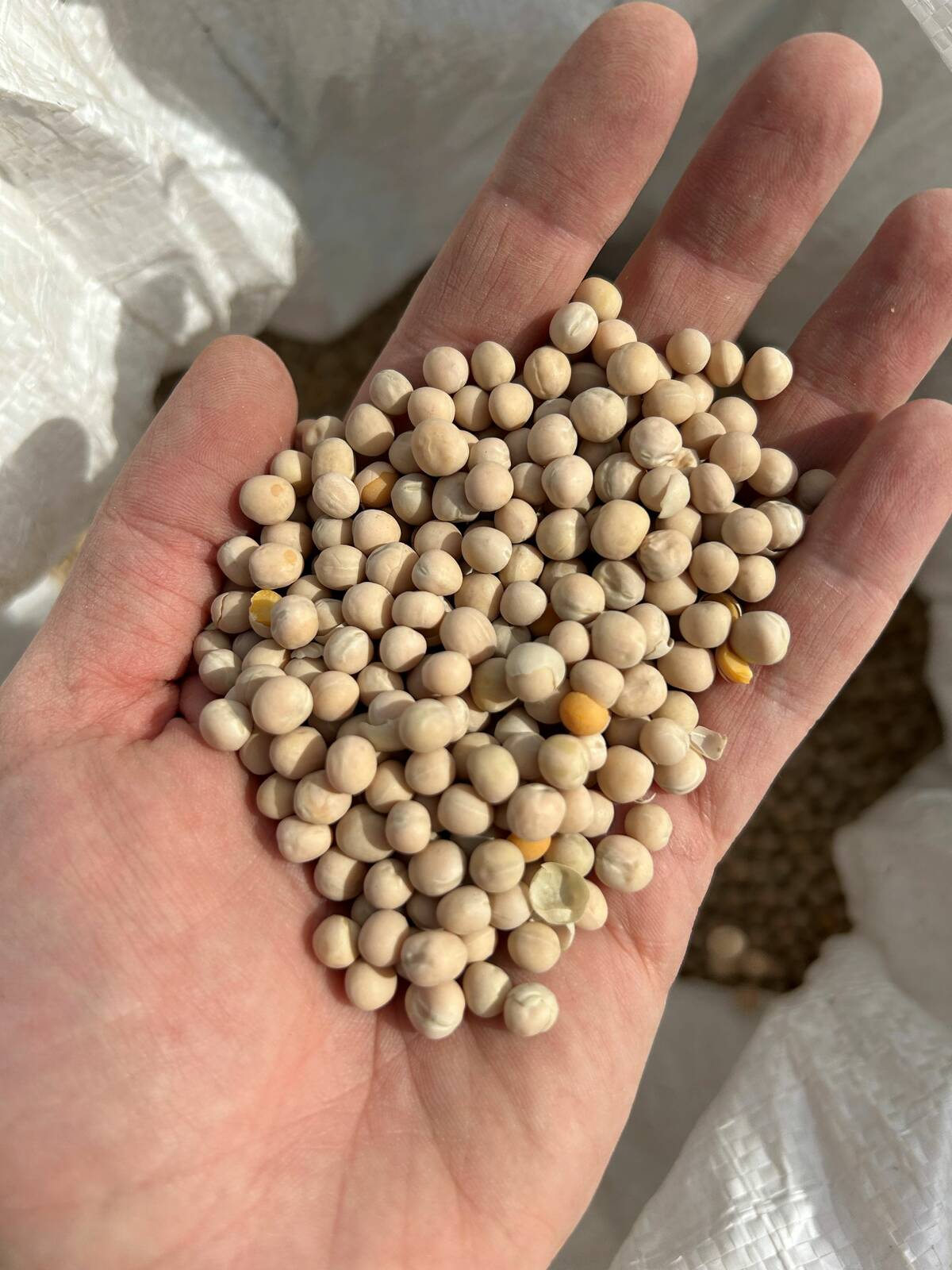(Resource News International) — The small scale of U.S. canola production, and the fact that most of the U.S. crop is used domestically, has protected the U.S. industry to some extent from the export-related problems currently faced by the Canadian canola sector.
But the two countries are closely linked when it comes to canola and any adverse effects seen in Canada also create concern for the U.S., according to U.S. canola industry representatives.
Canada’s canola industry has been hampered recently by new rules on exports to China. Domestic crushers are also running at a reduced capacity, as the U.S. has put import restrictions on canola meal shipments from five Canadian plants due to salmonella contamination.
Read Also

Pulse Weekly: Tariffs guide yellow peas in 2025
Tariffs were a major influence on Canadian yellow pea prices in 2025, with levies imposed by China and India. The two countries are Canada’s biggest foreign pulse buyers.
U.S. farmers grew an estimated 807,500 tonnes of canola in 2009, down from 989,000 the previous year, according to the latest data from the U.S. Department of Agriculture. That compares with Canadian production in 2009-10 of over 10 million tonnes, according to the latest Statistics Canada data.
Dale Thorenson, assistant director of the U.S. Canola Association, noted 90 per cent of the U.S. canola crop is grown within 100 miles of the Canadian border. The sheer size of the Canadian canola crop compared to U.S. production means the US is largely a follower of what happens with Canada, he added.
The U.S. does not export any canola to China but a large portion of the country’s crop is moved north to Canadian elevators and crushers, said Barry Coleman, executive director of the Northern Canola Growers Association.
And canola prices are directly related to the canola futures market at ICE Futures Canada, “so anything that affects that market, effects us.” he said. “We certainly hope that China can continue to be a good export customer for North American canola.”
“Overreaction”
The U.S. Food and Drug Administration’s (FDA) restrictions on Canadian canola meal could be seen as creating increased demand for U.S. canola meal, Thorenson described the current blockade as an “overreaction” and said it was hard on the canola market in general.
The salmonella issue was disrupting the normal movement in the industry, Coleman added. Some U.S. crushers have seen an increased demand for their canola meal, but many U.S. farmers have typically sold canola to Canadian processors across the border. Now that those processors can’t sell the canola meal back to the U.S., basis levels have deteriorated.
While U.S. canola meal does not need to cross any borders, Coleman said crushers on both sides of the border were on an equal footing with regards to salmonella testing. U.S. crushers are tested for salmonella, he said, with a self-reporting requirement also in place in which processors must notify the FDA if they discover any salmonella.
Coleman didn’t think a zero-tolerance policy on salmonella was possible from a practical standpoint, and was hopeful the government and the industry would find a solution allowing normal cross-border canola movement to resume.















